Franke James is Drawing a Greener Conscience
Posting about climate change and a green conscience may strike some as preachy, and we at the Gopher have to confess a great deal of pickiness when it comes to reading up on it. Ruining the environment is bad, and being a composting expert will earn you friends in certain circles (be our friend! come oooonnnn). We, too, watched the Al Gore film and felt that gagging sensation through Food Inc, ok?! And as much as we enjoy some people’s hysterics, sandwich boards and end-is-nigh yelling strikes us as slightly cult-y. Franke James is the opposite of preachy. She is the fairy godmother of green conscience, a concerned citizen and a terrifically talented storyteller. Today Franke lets us post some of her work (scroll down to read “No one will know, except you“) and answers some of our questions.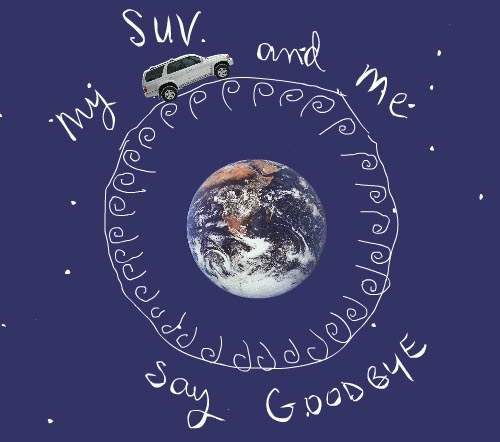
Why do you work on the theme of climate change?
Because climate change is the big elephant in the room for the 21st century. We need to wake people up to it! I want to grab people’s attention — and move them to action because I think future generations will be furious that we did not take action when we had a chance.
When I first started writing about global warming in 2006, I wrote some very long blog posts. I spent months researching them and interviewing people. In fact, my first article was over 5,000 words! It’s not surprising that I got almost zero response. Most people are busy and they don’t want to read long articles. I saw that my approach wasn’t working. People were not paying attention – and that was frustrating for me. So, I went back to the drawing board (literally). I started creating illustrated personal stories about green lifestyle changes I was making. I decided to tackle the hardest thing first. For me, that was selling our SUV. I documented that green act in my visual essay “My SUV and Me Say Goodbye.â€
The SUV is such a potent symbol of our gas-guzzling, oil dependent culture that the sacrilege of giving it up struck a chord. It certainly shocked my friends and family. Their reactions were very funny and provided great fodder for my story. My brother-in-law called me a “granola-crunching, tree-hugging, whack job.†I’ve since gone on to create many more true-life stories about environmental activism.
The online essays attracted a publisher, and led to me publishing them as a book called “Bothered By My Green Conscienceâ€. But, in a weird twist of fate, the printer made a mistake in printing the book. “No One Will Know, Except You†tells that story.
Amazingly that accident actually opened the door to a whole new opportunity. It inspired me to reach out and ask others, “What’s bothering your green conscience?†Now, I give Green Conscience presentations and art workshops at Universities and schools in Canada and the USA. I shoot video of students talking about what’s bothering their green conscience.
Recently, a Grade Six class sent me a wonderful thank you book filled with their drawings about their Green Consciences! So, that’s very, very neat. Through my art and storytelling, I’m helping people tune into their green conscience, and see that they can do more than just change light bulbs to fight global warming. They can make a difference by doing something green – and then documenting it through words, pictures, stories, dance, songs, etc….
Tell us a bit about the process of creating your visual essays.
I’ve been doing visual storytelling for about 12 years now. It’s evolved from telling client’s stories (software, educational and non-profits), to now where I’m telling my own stories.
I start with a blank canvas. I make the rules and know that I can do whatever I think is best.
My visual essays may look effortless – but they’re actually a challenging puzzle to put together. I start with a “burning†idea – something I can’t get out of my head and I want to express. I create a story structure by asking myself a series of questions:
What do I really want to say?
What’s my personal connection to this topic?
What’s the best way to tell this story?
What visuals will communicate my message quickly?
How can I make my message stick?
How can I move a reader to action?
I do a ton of research before I start. For example, when I was writing The Beehive and the Hairball, I got bottles of hair dye from a local salon and then Googled the chemical ingredients to understand what impact they have on human health and the environment. Mind maps help me make connections and generate the images to tell the story. I storyboard it all by hand in a journal before I go near my computer. Using those rough hand drawings I create the illustrations – or I go and take the photos. I use a Wacom tablet so that I can draw directly into my computer. Over the years, I’ve used both PC and Mac, but currently I’m on Macintosh.
The No One Will Know, Except You essay was very challenging to write. After all — I realized most people would read it and think, “Ok, Franke got her book published, so why is she complaining?” How can I write about this design disappointment (no red pages) and gain greater meaning so that it’s worthwhile and people will benefit from reading about my dilemma? How it all ended up was a fun discovery.

What inspires your aesthetic?
Staying tuned into what’s going on. I keep up to date on current news and books, especially on the environment and politics. I read a lot – we have a coffee table that is stacked full of books we’re reading. Twitter is also an inspiration. It helps me to connect with people who share international news, scientific research reports – and their reactions to it all — on a daily basis. I hardly ever watch TV. I go out to movies and plays with friends. I also draw inspiration from art history, which I studied for my MFA at university.

Describe a typical day for you.
In 2009, I published two books. Since then I’ve been doing a lot of traveling for speeches and workshops. So, my favorite ‘typical’ day in Toronto is when I can work on creative projects, like my visual essays. I get up around 6:45, do yoga and eat breakfast.
I read the news on my laptop, and twitter about the articles that catch my attention. Before I open my email, I do some goal setting. I think about what the “big rocks†are that I want to accomplish. Right now I’m at the planning stage on a new visual essay. I’m still storyboarding and figuring out the storyline. The next phase will be image creation and writing. Usually in the afternoon I go for a 5-mile walk. It helps to clear my head, give me perspective and generate new creative ideas.
My husband and I eat dinner late, around 8pm, so we can get our creative work done. (He’s a designer and programmer.) We cook dinner together – I’m trying to add more vegetarian meals to our diet since watching Food Inc. We light candles, listen to music and talk about our creative projects, books we’re reading and what’s going on in the world!
I feel extremely fortunate to be at this point where I can be a creative artist and author talking about what I think is important.
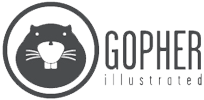

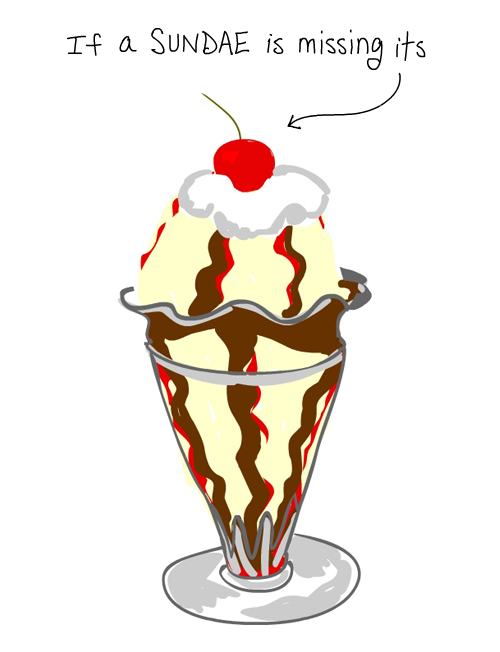
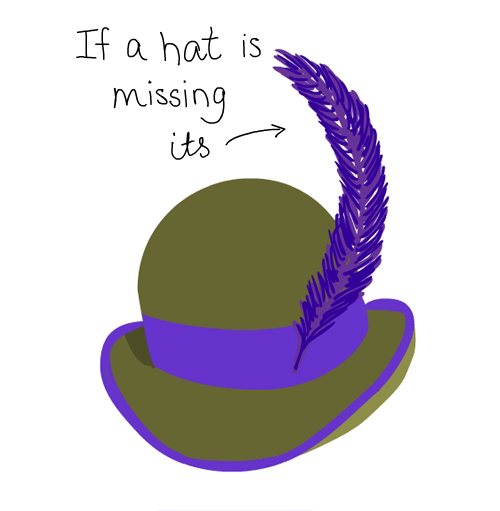
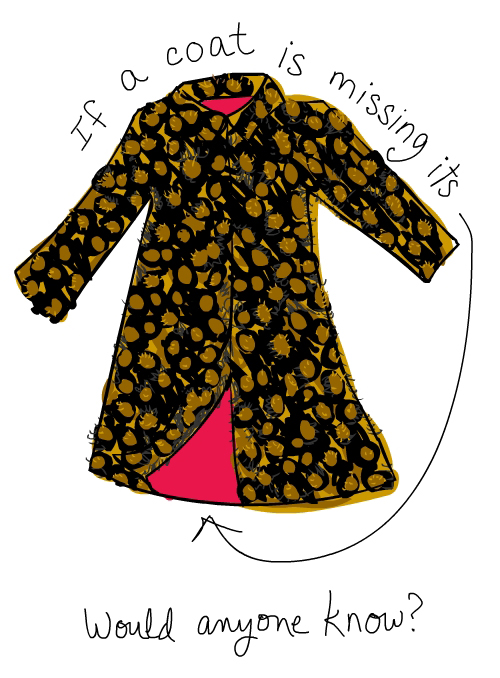
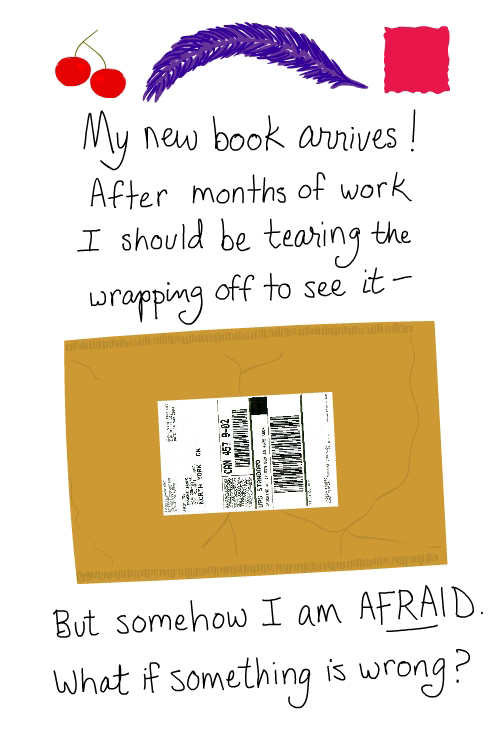
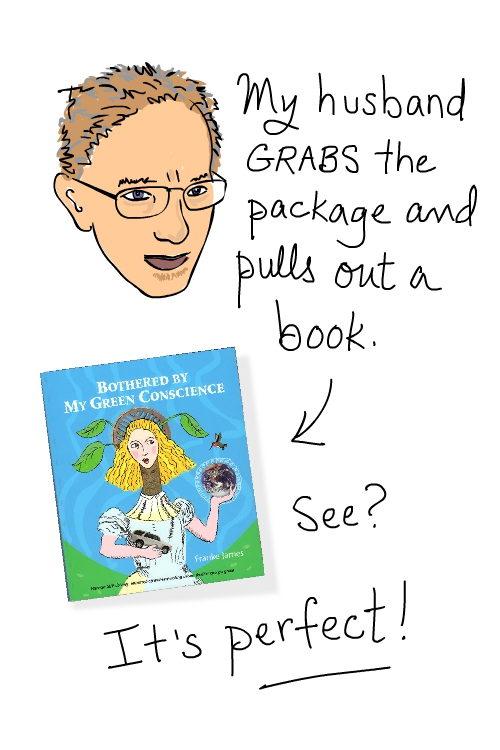
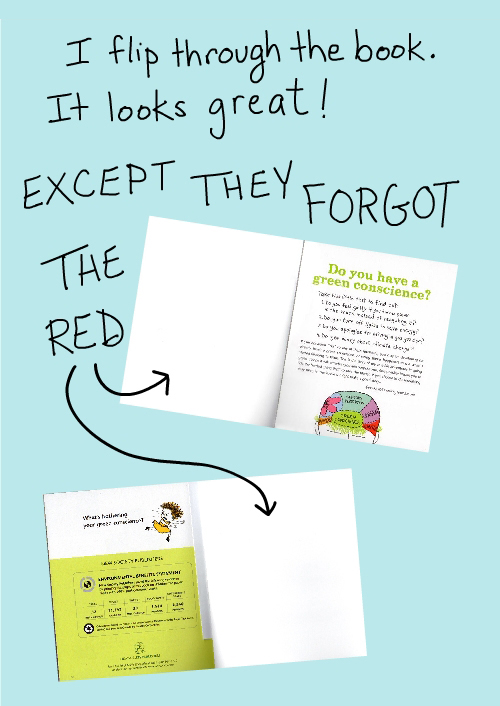
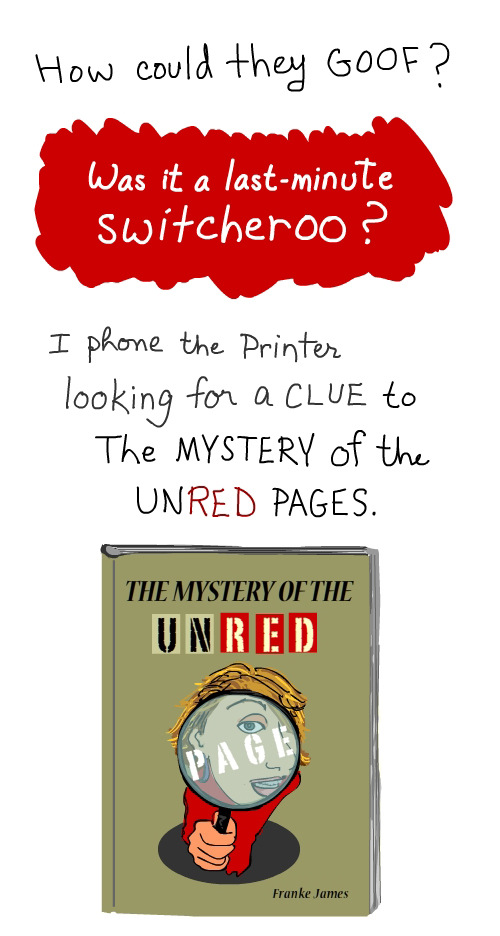
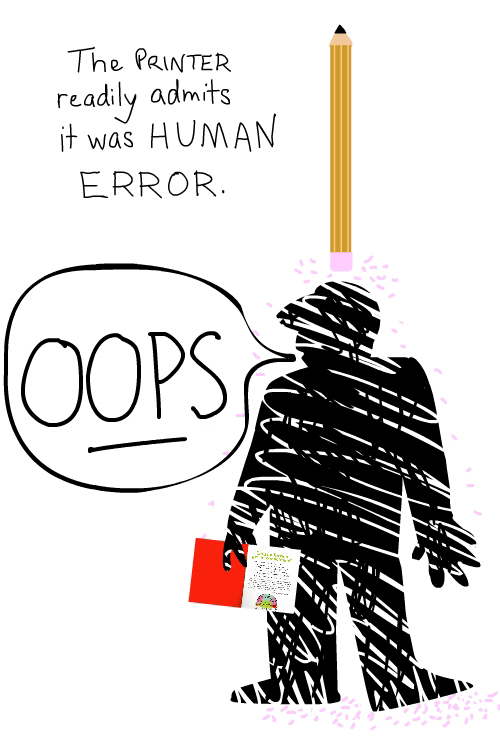
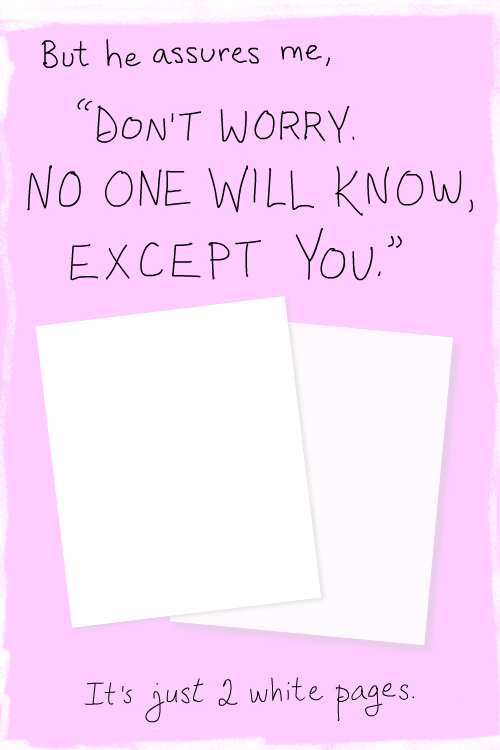
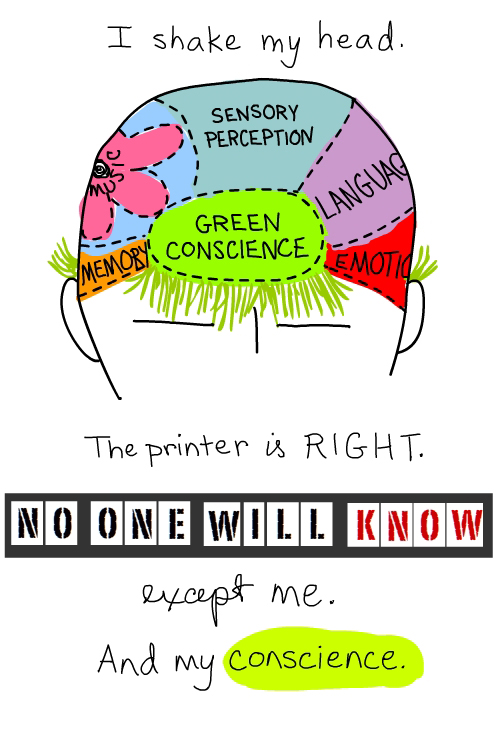
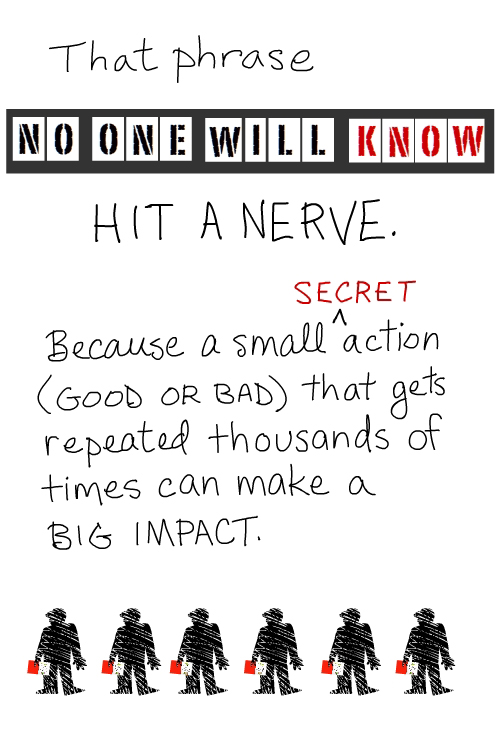
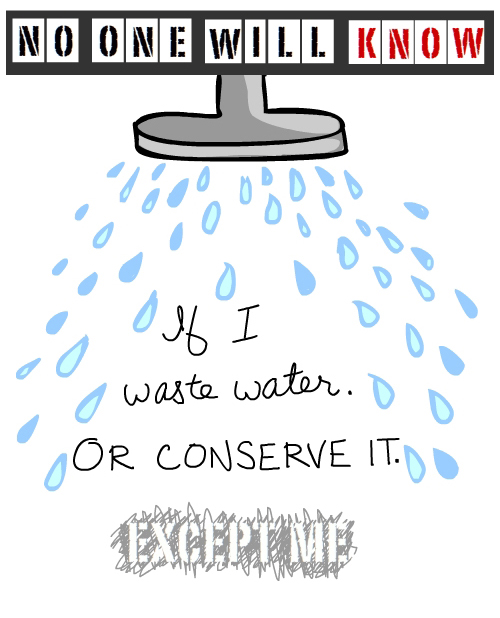
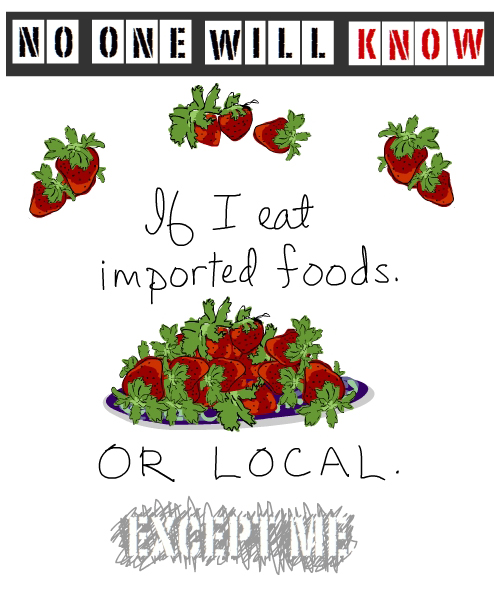
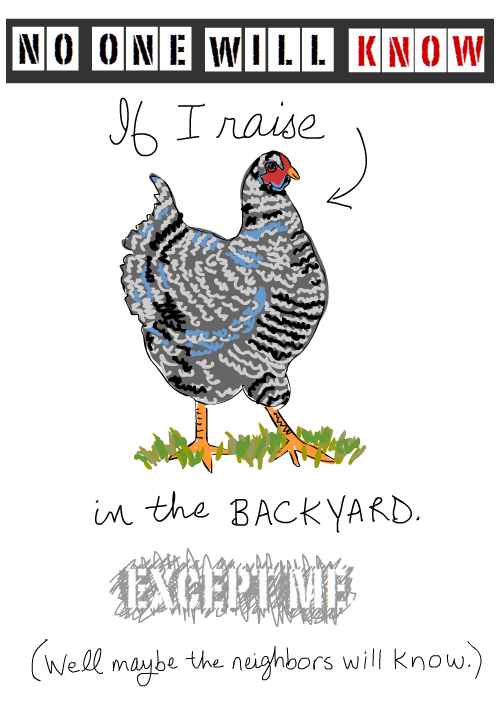
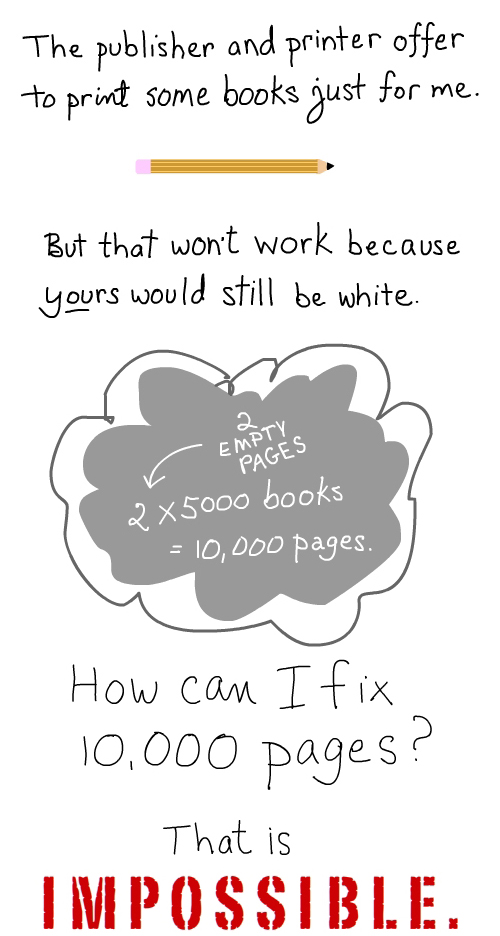
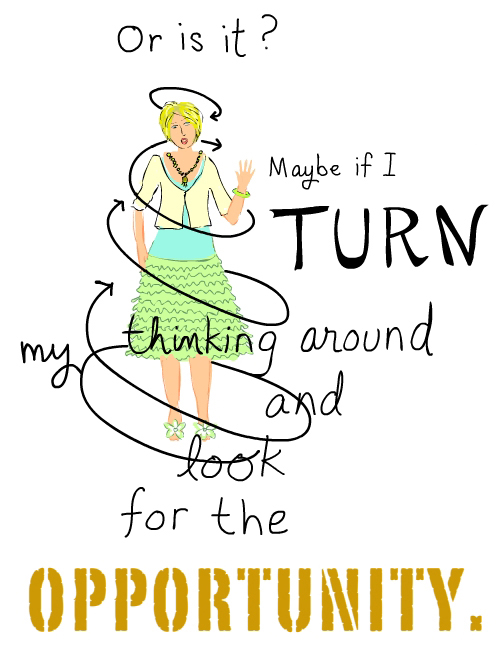
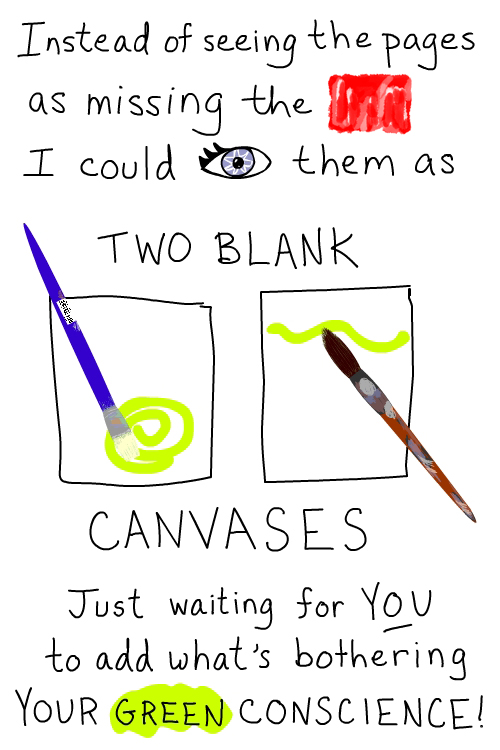
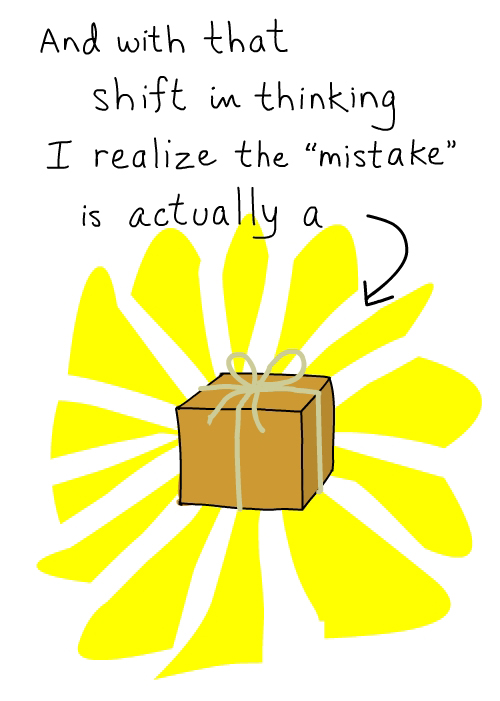
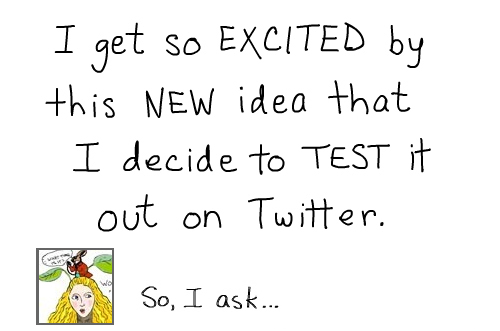
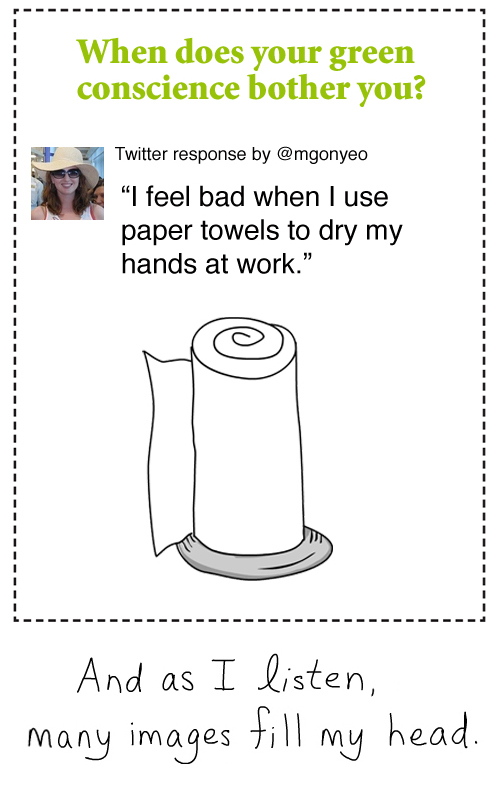
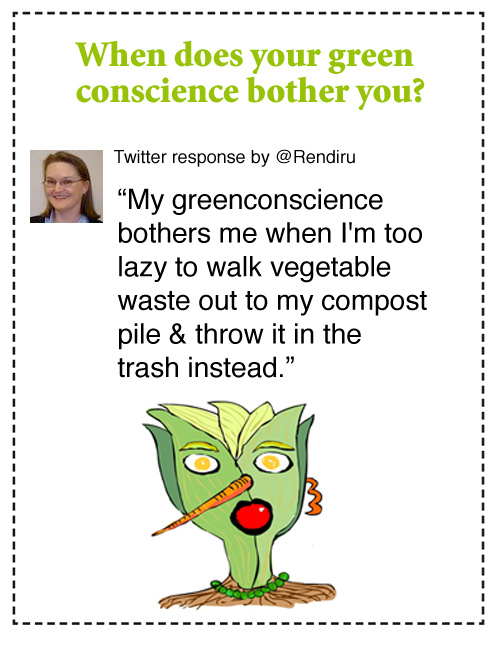
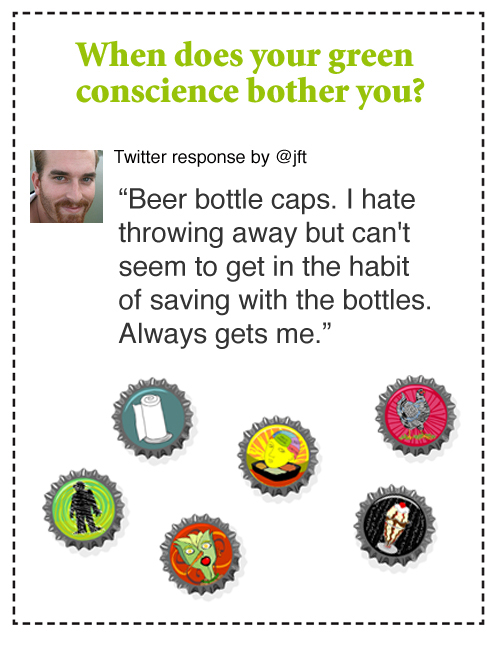
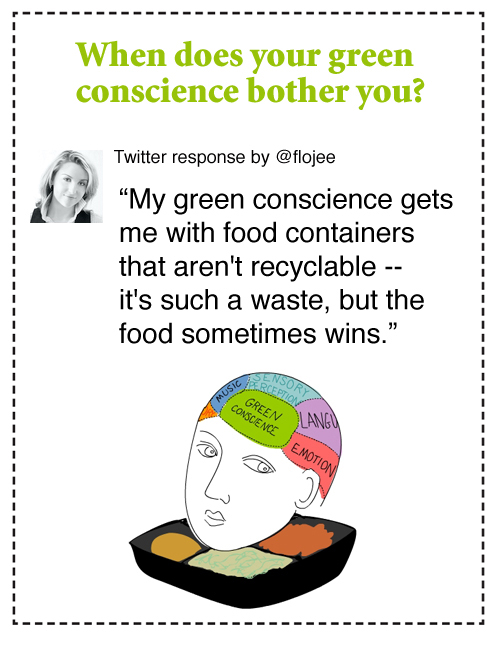
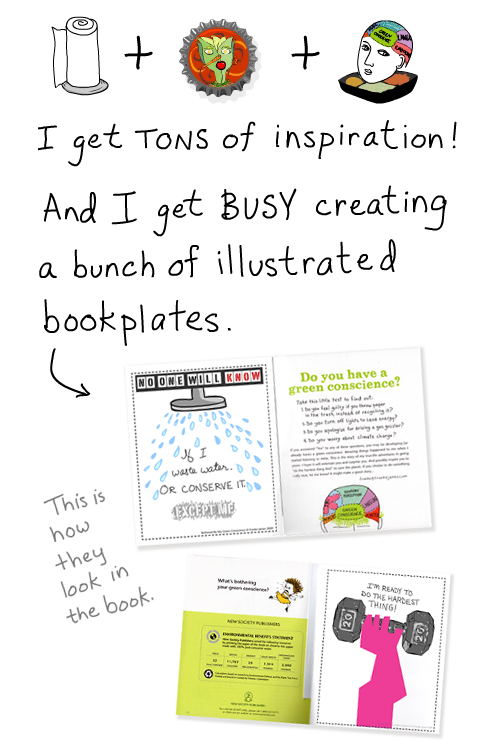
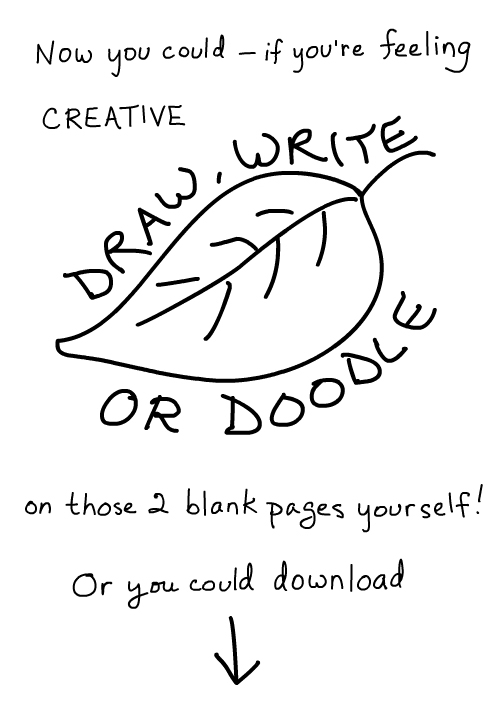

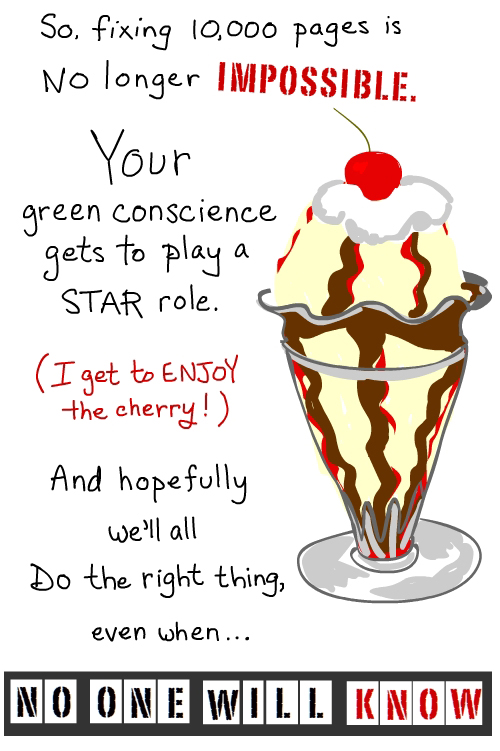
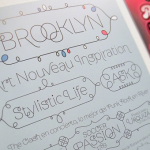
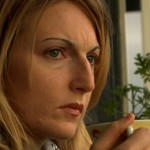
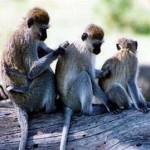
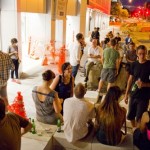
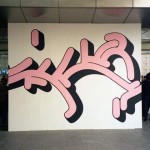
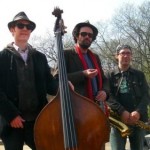

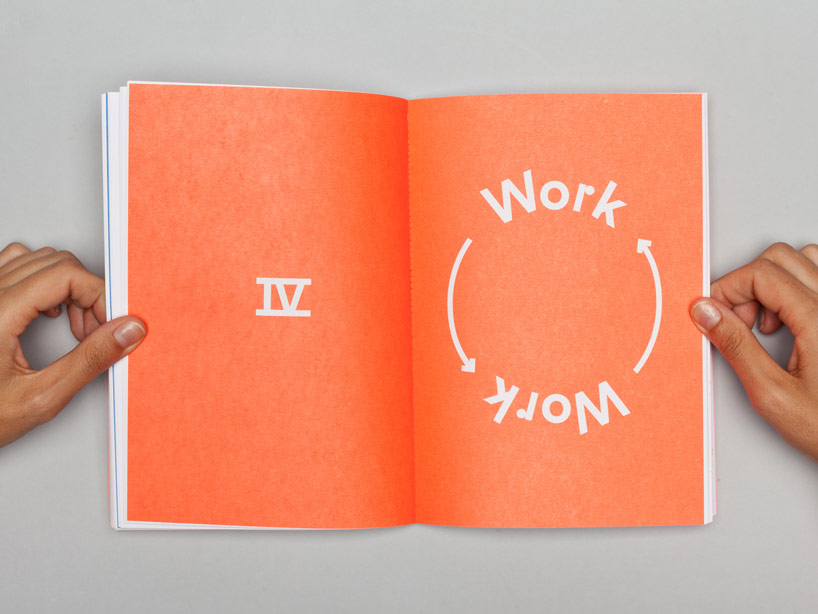

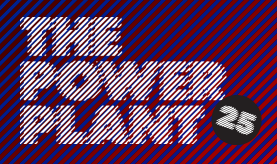
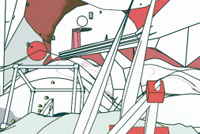
Leave a Reply